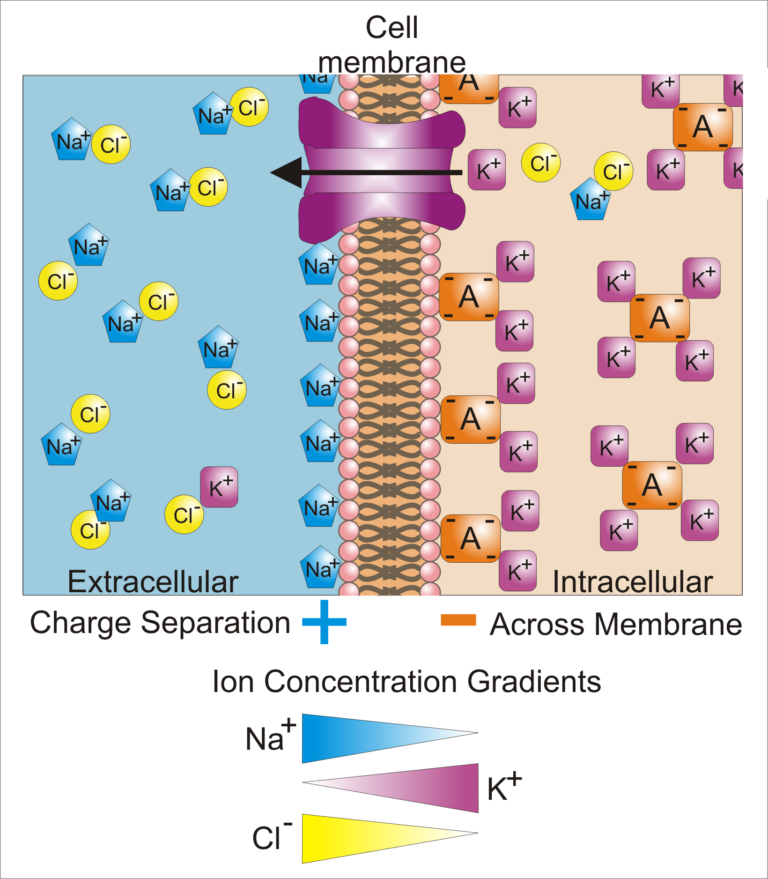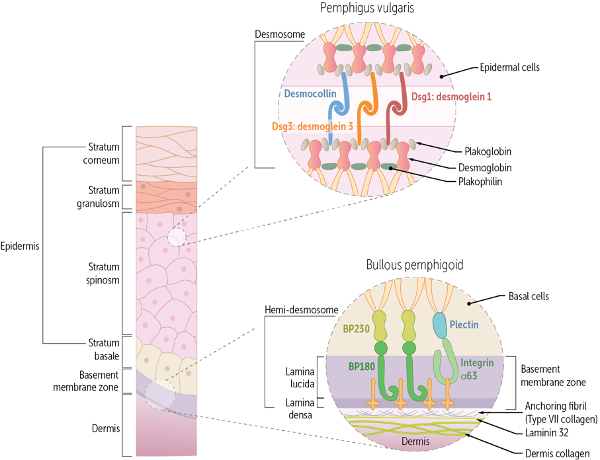Posts Tagged ‘usmle-rx’
Physiology of the Renal Tubular System

Looking for more information on this topic? Check out the Physiology of the Renal Tubular System brick. If you enjoyed this episode, we’d love for you to leave a review on Apple Podcasts. It helps with our visibility, and the more med students (or future med students) listen to the podcast, the more we can provide…
Read MorePericardial Effusion and Cardiac Tamponade

Looking for more information on this topic? Check out the Congenital Adrenal Hyperplasia brick. If you enjoyed this episode, we’d love for you to leave a review on Apple Podcasts. It helps with our visibility, and the more med students (or future med students) listen to the podcast, the more we can provide to the future…
Read MoreBlood Pressure Control: Foundations and Frameworks (Re-release)

Looking for more information on this topic? Check out the Thrombotic Disorders: Foundations and Frameworks brick. If you enjoyed this episode, we’d love for you to leave a review on Apple Podcasts. It helps with our visibility, and the more med students (or future med students) listen to the podcast, the more we can provide to the…
Read MoreDiuretics: Foundations and Frameworks (Re-release)

Looking for more information on this topic? Check out the Physiology of Diuretics brick. If you enjoyed this episode, we’d love for you to leave a review on Apple Podcasts. It helps with our visibility, and the more med students (or future med students) listen to the podcast, the more we can provide to the future…
Read MoreHypertensive Emergency

Looking for more information on this topic? Check out the Emergent Hypertension brick. If you enjoyed this episode, we’d love for you to leave a review on Apple Podcasts. It helps with our visibility, and the more med students (or future med students) listen to the podcast, the more we can provide to the future physicians of…
Read MoreGlycogen Storage Diseases

Glucose is the main source of energy for all forms of life, but it isn’t usually stored as individual C6H12O6 molecules. Animals use glycogen to do that job. Glycogen is a large branched polymer of glucose molecules, linked together by α-1,4 and α-1,6 glycosidic bonds. The liver and muscles break down the stored glycogen whenever the…
Read MoreAdrenal Insufficiency

Looking for more information on this topic? Check out the Adrenal Insufficiency brick. If you enjoyed this episode, we’d love for you to leave a review on Apple Podcasts. It helps with our visibility, and the more med students (or future med students) listen to the podcast, the more we can provide to the future physicians…
Read MoreDevelopment of the Nervous System

Early in fetal development, the precursors of the major systems in the body are outlined. The three germ layers (endoderm, mesoderm, ectoderm) are formed during the third week of development. We’ll focus on the ectoderm, from which the entire nervous system (central and peripheral) forms. But first, let’s back up to review the anatomy of…
Read MoreCell Membrane Potential and Ion Balance

Differences in ion concentrations inside and outside a cell cause a difference in the charge of the intracellular and extracellular environments. This electrical polarization of a cell relative to its environment is referred to as cellular membrane potential. This potential serves as an energy source for a variety of cellular functions and as a way…
Read MoreBullous Skin Disorders

What are bullous skin disorders? Bullae are fluid-filled blisters >1 cm in diameter. They can be caused by infection, mechanical stress, or a malfunctioning immune system. In this discussion, we tackle the latter, focusing on the most common autoimmune bullous (blistering) disorders: pemphigus vulgaris, bullous pemphigoid, and dermatitis herpetiformis. Distinctly, the blisters in each of…
Read More




